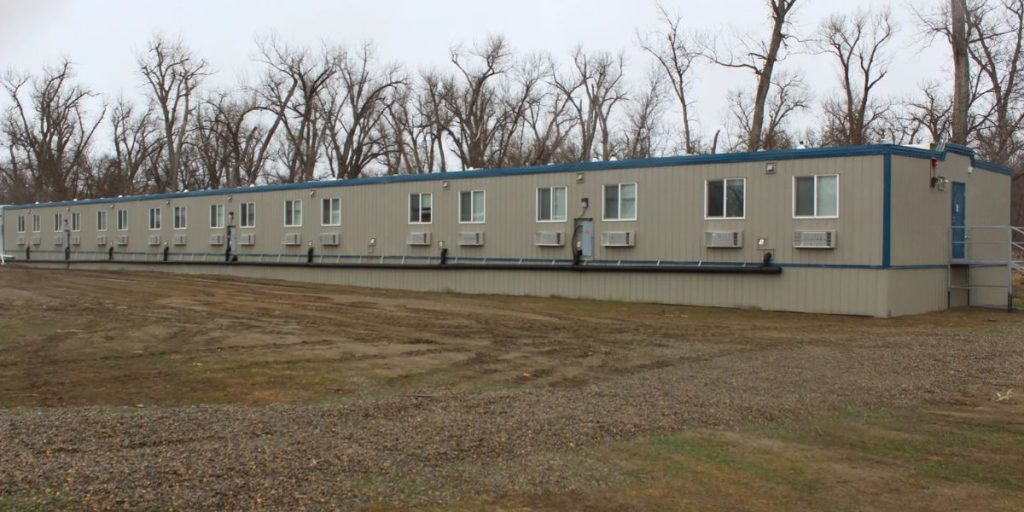North Dakota’s prison system has long been under scrutiny, with several of its correctional facilities gaining notoriety for their harsh conditions and troubling incidents. From overcrowding and inmate violence to inadequate healthcare and questionable practices, these prisons have developed grim reputations over the years. In this article, we take a closer look at six of the state’s most notorious prisons, examining the factors that contribute to their infamy and the impact they have on inmates, staff, and the broader criminal justice system.
As these facilities continue to grapple with ongoing challenges, the call for reforms has never been more urgent.
North Dakota Youth Correctional Center
Male and female juveniles are detained at the North Dakota Youth Correctional Center. The North Dakota Department of Corrections and Rehabilitation runs the Mandan prison. A brown cottage may shelter 22 male juveniles, a maple one 25, a hickory one 35, and a pine one 25 high-risk male juveniles.
Due to a growing inmate population, resources and medical care are scarce, worsening the facility’s circumstances. Overcrowding affects sanitation.
North Dakota State Penitentiary
North Dakota’s maximum adult prison is the state penitentiary. The location is Bismarck, North Dakota. Since 1884, the North Dakota Department of Corrections and Rehabilitation has run the prison. This facility can hold 1550 criminals. The facility offers many prisoner counseling programs.
Governor Noem said the hospital continually lacks staff. Other resources are scarce at the facility, worsening living conditions.
James River Correctional Center
Medium-security James River Correctional Center is located in Jamestown, North Dakota. In 1998, the facility opened and can hold 365 offenders. The co-ed facility became male-only in 2004.
It offers addiction counseling and medical care to inmates. Increased riots and violence have deteriorated situations. Prisoners are beaten and mistreated.
Must Read: Check Out 4 Most Rural and Remote Areas in South Dakota
Missouri River Correctional Center
Missouri River Correctional Center is in minimum security. It is south of Bismarck near the Missouri River in North Dakota. This prison includes 13 dormitories for 151 convicts. The facility opened in 1992.
The facility was overcrowded, resulting in resource and medical shortages. Other difficulties include poor sanitation and other issues at the site.
Dakota Women’s Correctional and Rehabilitation Center

Mixed custody jail Dakota Women’s Correctional and Rehabilitation Center houses medium and high-security prisoners. The jail is in New England, North Dakota. The North Dakota Department of Corrections contracts with the facility. It opened in 1937 and holds 126 convicts. Abuse, rage, and sex offender counseling are available at this jail.
The facility is overcrowded, limiting medical services and resources. Additionally, overpopulation has caused many violent incidents and riots in the prison.
Read More: Uncover the 5 Most Risky Neighborhoods in Williams County, North Dakota
Tompkins Rehabilitation and Corrections Center
High-security prison Tompkins Rehabilitation and Corrections Center. The jail is in Jamestown, North Dakota. The prison houses medium- and high-security criminals. Inmates at high risk are separated from others in four cells. Each pod has five cells. Three dormitory-style apartments contain up to 90 inmates at this prison.
The facility’s staffing shortage has produced security difficulties. A scarcity of healthcare specialists has made it hard for convicts to get medical care. Unsanitary circumstances harm inmates’ health.
Conclusion
In conclusion, North Dakota’s six prisons demonstrate the state’s correctional system’s current challenges. These facilities have systemic issues like overcrowding, violence, and inadequate resources and monitoring that require immediate intervention. North Dakota must modernize its criminal justice system by addressing both prison conditions and crime’s core causes.
Rehabilitation, mental health care, and staff training can help the state turn these renowned institutions into safe, healing, and reintegration centers. North Dakota can only improve its reputation and correctional system with such dedicated efforts.